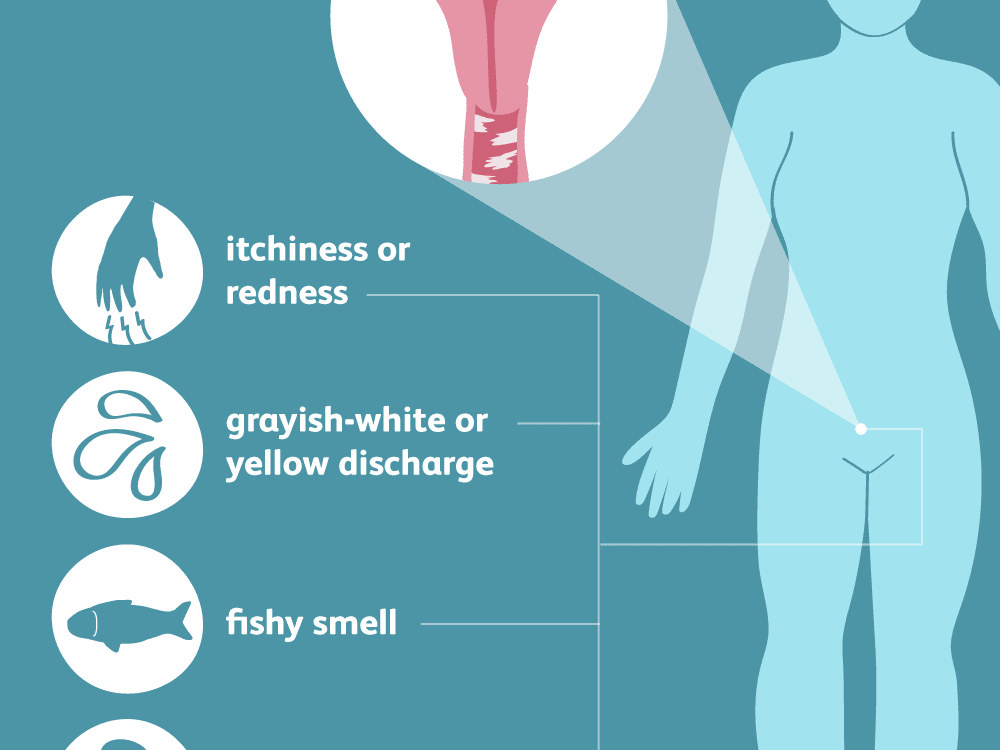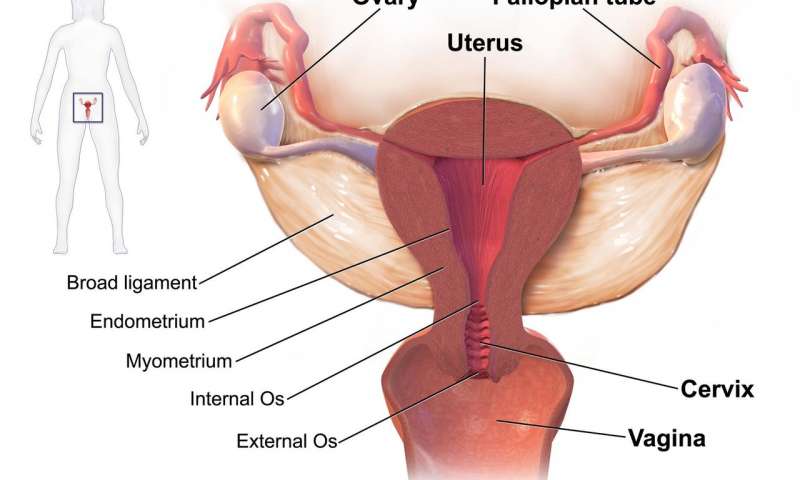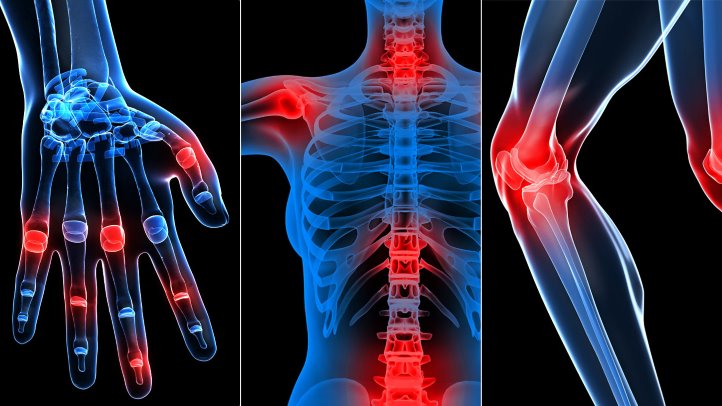Have you ever wondered about the difference between bacterial vaginosis and thrush? While both affect the vagina and can be really unpleasant, they are not identical. Read on to find out the causes, symptoms, and treatments of both conditions. Bacterial vaginosis is a common condition triggered by a bacterial imbalance in the vagina. Research shows that bacterial vaginosis is the most prominent type of vaginal infection among women of child-bearing age.
Bacterial vaginosis
The vagina is home to good bacteria that help keep the area healthy and clean. However, when there is an imbalance and the pH level rises, harmful bacteria overgrow, resulting in bacterial vaginosis. While men are carriers of the same bacteria, they are not affected. Research indicates that BV bacteria can be found on the surface of the penis but remain harmless to men.

Symptoms
It’s possible to have BV without showing any symptoms, which makes it important to see your gynecologist for regular checkups. Symptoms include:
- Watery discharge that is greyish or pale white.
- Unpleasant odor from the vagina commonly known as a ‘fishy’ smell.
- Mild discomfort or itching on the vulva.
- Burning sensation while urinating.
Factors that can increase your chances of getting bacterial vaginosis include frequent douching, smoking, and having unprotected sex. Douching (usingsoap or a cleanser to wash the inside of the vagina) is almost always unnecessary and can lead to a bacterial imbalance, particularly when using scented, perfumed or medicated soaps or gels.
Scientific studies on women who smoke have found that they are significantly more susceptible to bacterial vaginosis than non-smokers. This is yet another good reason to quit this dangerous and unhealthy habit. Frequent unprotected sex (oral sex without a dental dam, or penetrative sex without a condom), especially with multiple partners, has also been found to increase the risk of bacterial vaginosis.
Vaginal Thrush
Vaginal thrush is an infection typically caused by the yeast fungus, Candida albicans. Although thrush, also known as candidiasis, presents similar symptoms to bacterial vaginosis, the two are slightly different.
Symptoms
- Thick and white vaginal discharge that looks like cottage cheese.
- The discharge has a ‘yeasty’ smell.
- The vulva and vagina turn red.
- Itching and irritation start earlier on as the infection begins and increases until one receives treatment.
- Pain and soreness when having sex.
- Burning sensation when urinating.
How to tell if you have bacterial vaginosis or thrush?
Both diseases have similar symptoms, and it can be tricky to distinguish which one of the two you have. However, if you have a severe itch, soreness, and burning when urinating, it is more likely you have thrush.While thrush has irritating symptoms, bacterial vaginosis doesn’t cause such serious pain.
Although both conditions often result in unusual vaginal discharge, there are obvious differences between these two symptoms. While watery discharge with a ‘fishy’ smell typically indicates bacterial vaginosis, a thicker and white colored discharge is normally a sign of thrush. Note that thrush does not often come with a strong smell. However, bacterial vaginosis causes a pronounced fishy smell.
Testing for infection typed
At the doctor’s office, you will undergo a swab. This involves the doctor taking a small swab from your vagina to check it for bacteria. They might also test the acidity levels of your vaginal fluid. Reduction in acidity is a sign of bacterial vaginosis.
Treatment
Your doctor might prescribe antibiotics to relieve the irritating symptoms. Tinidazole, clindamycin, or metronidazole are the most common forms of medicine for bacterial vaginosis. Whereas, vaginal inserts (pills that you put inside the vagina) are a more common treatment for thrush.
Ways to prevent infection
- Use protection when having sex, especially if you have multiple partners.
- Wear cotton underwear to ensure circulation of air.
- Sleep in loose clothing or no panties at all to reduce vaginal sweating.
- Minimize or avoid douching completely.
- Eat raw or natural yogurt as they contain probiotics that promote the growth of good bacteria.
Risks of bacterial vaginosis and thrush
Although, both of these conditions typically have only mild symptoms, or sometimes none at all, bacterial vaginosis and thrush do increase the risk of PID (Pelvic Inflammatory Disease), which can damage the reproductive system, eventually resulting in infertility.
Pregnant women who suffer from bacterial vaginosis are also at a heightened risk of miscarriage, giving birth prematurely, and low birth weight of the child.
Furthermore, even though bacterial vaginosis is not considered a sexually transmitted infection, the condition does increase the risk of HIV infection through unprotected sex. Therefore, women suffering from bacterial vaginosis should always practice safe sex, with use of a condom being particularly advisable.




